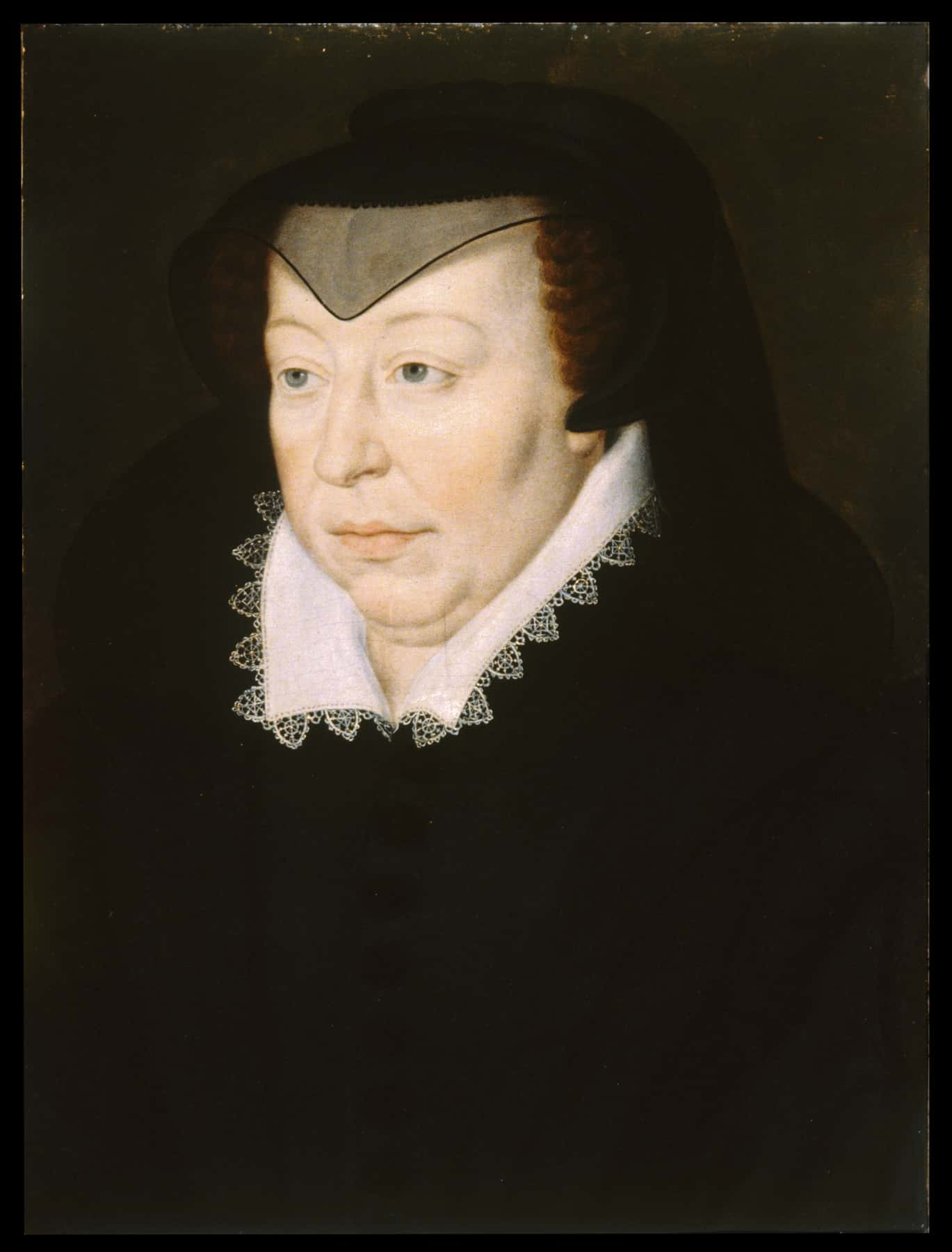The Past Echoes
Hidden in canyons and cliffs, America’s earliest dwellings reveal stories of survival and cultural exchange. Some remain untouched, while others stand as preserved monuments to their past residents. Here are 25 of them.

Cliff Palace In Colorado
Mesa Verde’s largest cliff dwelling, built in the 13th century, housed over 100 people. With 150 rooms and 23 kivas, it served as a social and ceremonial center. Ingenious stonework and ventilation systems highlight its builders’ skills. Its abandonment remains a historical mystery.
 Ken Lund from Las Vegas, Nevada, USA, CC BY-SA 2.0, Wikimedia Commons
Ken Lund from Las Vegas, Nevada, USA, CC BY-SA 2.0, Wikimedia Commons
White House Ruins In Arizona
Situated in Canyon de Chelly, these ruins date back to 1060 CE. The distinctive white plastered wall sets it apart. Ancestral Puebloans built multi-level structures here, which maximized alcove space. Oral traditions link this site to Navajo ancestors and trade artifacts suggest even more far-reaching connections.
 Andreas F. Borchert, CC BY-SA 3.0, Wikimedia Commons
Andreas F. Borchert, CC BY-SA 3.0, Wikimedia Commons
Square Tower House In Colorado
Mesa Verde’s tallest structure, rising four stories, Square Tower House, features intricate stonework and murals. Hidden passageways suggest defensive strategies. Corn storage areas indicate planned food reserves. Abandoned in the late 1200s, it remains a striking example of Ancestral Puebloan ingenuity.
 Judson McCranie, CC BY-SA 3.0, Wikimedia Commons
Judson McCranie, CC BY-SA 3.0, Wikimedia Commons
Long House In Colorado
Among the largest dwellings in Mesa Verde, Long House spans a vast alcove. Built in the late 1200s, it features over 150 rooms and T-shaped doorways. Water seeps along the cliff walls, likely supporting agriculture. Fire damage hints at possible conflict before abandonment.
 White House photo by Shealah Craighead, Wikimedia Commons
White House photo by Shealah Craighead, Wikimedia Commons
Spruce Tree House In Colorado
This well-preserved site in Mesa Verde has 114 rooms and eight kivas. Built around 1210 CE, it had a nearby spring sustaining its residents. Wooden ladders were still in place when discovered in 1888 and provide a rare glimpse into Ancestral Puebloan daily life.
 KimonBerlin, CC BY-SA 2.0, Wikimedia Commons
KimonBerlin, CC BY-SA 2.0, Wikimedia Commons
Balcony House In Colorado
Perched on a sheer cliff, Balcony House required climbing ladders and crawling through tunnels for entry. Built in the 13th century, it housed about 40 people. Kivas and sipapu openings suggest spiritual significance. The site’s difficult access must've provided security from potential threats.
 Ken Lund from Las Vegas, Nevada, USA, CC BY-SA 2.0, Wikimedia Commons
Ken Lund from Las Vegas, Nevada, USA, CC BY-SA 2.0, Wikimedia Commons
Betatakin In Arizona
This settlement in Navajo National Monument housed around 125 people in the 13th century. Seasonal sun exposure regulated temperatures naturally. Kivas with firepits suggest community gatherings. Sudden abandonment left grinding stones and tools behind. This preserved a moment in time from Ancestral Puebloan history.
 Paul Hermans, CC BY-SA 3.0, Wikimedia Commons
Paul Hermans, CC BY-SA 3.0, Wikimedia Commons
Keet Seel In Arizona
One of the best-preserved cliff dwellings, Keet Seel has over 150 rooms. Wooden beams and artifacts remain intact due to the remote location. Seasonal water-supported agriculture. It was abruptly abandoned in the 13th century, possibly due to prolonged drought or shifting settlements.
 PatrickRapps, CC BY-SA 4.0, Wikimedia Commons
PatrickRapps, CC BY-SA 4.0, Wikimedia Commons

History's most fascinating stories and darkest secrets, delivered to your inbox daily.
Montezuma Castle In Arizona
Built by the Sinagua around 1100 CE, this five-story limestone cliff dwelling provided safety from floods and enemies. Ladders allowed controlled access. The site was abandoned by 1425, but its sturdy walls endured centuries later. Moreover, a nearby irrigation system indicates advanced agricultural techniques.
 Tomas Castelazo, CC BY-SA 3.0, Wikimedia Commons
Tomas Castelazo, CC BY-SA 3.0, Wikimedia Commons
Walnut Canyon Dwellings In Arizona
Sinagua people constructed these cliff homes along narrow ledges over 700 years ago. The overhangs provided shade and shelter. The pottery remains to suggest trade with neighboring cultures, and charred roof beams hint at domestic fires once warming the homes. The site was abandoned by 1400.
 Mike Peel, CC BY-SA 4.0, Wikimedia Commons
Mike Peel, CC BY-SA 4.0, Wikimedia Commons
Gila Cliff Dwellings In New Mexico
Mogollon people built these dwellings within five natural caves in the late 1200s. It was abandoned in the early 1300s for unknown reasons. Stone-and-mortar walls divided living areas. Woven sandals and decorated pottery indicate a rich culture. The site’s high elevation offered security.
 Rociomcoss, CC BY-SA 4.0, Wikimedia Commons
Rociomcoss, CC BY-SA 4.0, Wikimedia Commons
Tonto Cliff Dwellings In Arizona
The Salado culture occupied these structures between 1150 and 1450 CE. Influences from Ancestral Puebloan, Hohokam, and Mogollon groups appear in pottery and architecture. Located above the Salt River, the site avoided flooding. Climate shifts likely prompted its residents to relocate.
 Bernard Gagnon, CC BY-SA 3.0, Wikimedia Commons
Bernard Gagnon, CC BY-SA 3.0, Wikimedia Commons
Chetro Ketl In New Mexico
Covering over three acres, this Chaco Canyon great house was built between 1020 and 1120 CE. It contains 400 rooms and an immense great kiva. Extensive road networks connect it to other sites. Its large scale suggests it played a role in trade and governance.
 National Park Service (United States), Wikimedia Commons
National Park Service (United States), Wikimedia Commons
Pueblo Bonito In New Mexico
Chaco Canyon’s largest great house, built in phases between 850 and 1150 CE, contains over 800 rooms. Turquoise, macaw feathers, and copper bells found here indicate trade links with Mesoamerica. The site aligns with celestial events, reflecting the advanced astronomical knowledge of its builders.
 MARELBU, CC BY 3.0, Wikimedia Commons
MARELBU, CC BY 3.0, Wikimedia Commons
Aztec Ruins In New Mexico
Ancestral Puebloans built this settlement in the early 12th century. The site features a restored great kiva used for ceremonies. Unique masonry styles reveal connections to Chacoan culture. Artifacts such as shells and parrot remains suggest long-distance trade networks extending far beyond the region.
 King of Hearts, CC BY-SA 4.0, Wikimedia Commons
King of Hearts, CC BY-SA 4.0, Wikimedia Commons
Hovenweep Castle In Colorado And Utah
Multi-story towers built along canyon rims suggest a defensive purpose. The Ancestral Puebloans constructed these dwellings in the 13th century, possibly for observation or protection. Water reservoirs indicate careful resource management. The settlement was abandoned due to changing environmental conditions or external pressures.
 teofilo, CC BY 2.0, Wikimedia Commons
teofilo, CC BY 2.0, Wikimedia Commons
Square Tower Group In Colorado And Utah
Part of Hovenweep National Monument, this cluster of buildings features kivas, towers, and storage rooms. Evidence of water collection systems suggests adaptation to an arid climate, but the site was vacated by the late 13th century. Positioned atop boulders, the structures do provide strategic advantages.
 Hovenweep National Monument, CC BY 2.0, Wikimedia Commons
Hovenweep National Monument, CC BY 2.0, Wikimedia Commons
Yellow Jacket Pueblo In Colorado
Once the largest settlement in southwestern Colorado, it had around 1,200 and 200 kivas. Artifacts like shell jewelry suggest widespread trade. Signs of conflict in some structures raise questions about warfare. This major center was abandoned in the late 13th century under uncertain circumstances.
 Yellow Jacket Canyon Archaeological Preserve by The Archaeological Conservancy
Yellow Jacket Canyon Archaeological Preserve by The Archaeological Conservancy
Sun Temple In Colorado
Unlike other Mesa Verde structures, Sun Temple was likely ceremonial, not residential. Built around 1200 CE, its D-shaped layout and thick walls suggest ritual use. No roof was ever added, which indicates it may have been left unfinished. Moreover, astronomical alignments hint at celestial observations.
 Rationalobserver, CC BY-SA 4.0, Wikimedia Commons
Rationalobserver, CC BY-SA 4.0, Wikimedia Commons
Mummy Cave In Arizona
Named for mummified remains found inside, Mummy Cave was occupied for over 1,000 years. The settlement features a three-story central tower. Architectural changes suggest evolving cultural influences. It was abandoned, possibly due to environmental shifts affecting agricultural productivity.
 James St. John, CC BY 2.0, Wikimedia Commons
James St. John, CC BY 2.0, Wikimedia Commons
Antelope House In Arizona
This 12th-century cliff dwelling in Canyon de Chelly is famous for its rock art depicting antelope. Multi-room structures housed families and ceremonial spaces. The artwork suggests spiritual ties to nature. Navajo oral history preserves connections to the site, which remains significant today.
 Andreas F. Borchert, CC BY-SA 3.0, Wikimedia Commons
Andreas F. Borchert, CC BY-SA 3.0, Wikimedia Commons
Kinishba Ruins In Arizona
A large pueblo built by the Mogollon culture around 1200 CE, Kinishba had approximately 600 rooms. Excavations reveal advanced masonry techniques and a thriving agricultural society. Artifacts suggest trade with distant regions. Despite its size, it was abandoned by the 15th century for unknown reasons.
 DesertRat71, CC BY-SA 4.0, Wikimedia Commons
DesertRat71, CC BY-SA 4.0, Wikimedia Commons
Casa Grande Ruins In Arizona
Built by the Hohokam around 1350 CE, this massive adobe structure remains a mystery. Its thick caliche walls withstand harsh desert conditions. Nearby irrigation canals indicate an advanced agricultural system. The site was likely an important ceremonial or administrative center.
 Beyond My Ken, CC BY-SA 4.0, Wikimedia Commons
Beyond My Ken, CC BY-SA 4.0, Wikimedia Commons
Salinas Pueblo Missions In New Mexico
These settlements blended indigenous and Spanish cultures in the 17th century. Pueblos thrived before missionaries introduced churches. Drought and disease led to depopulation. However, the preserved ruins stand as proof of cultural convergence and adaptation in the early colonial Southwest.
 MLMarkel, CC BY-SA 4.0, Wikimedia Commons
MLMarkel, CC BY-SA 4.0, Wikimedia Commons
Pecos National Historical Park In New Mexico
Pecos Pueblo was a major trade hub linking Plains tribes with Puebloans. A massive mission church was built here in the 1600s, but warfare and disease led to its unfortunate decline. Today, the site preserves centuries of history and cultural exchange in the Southwest.











